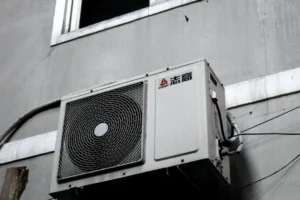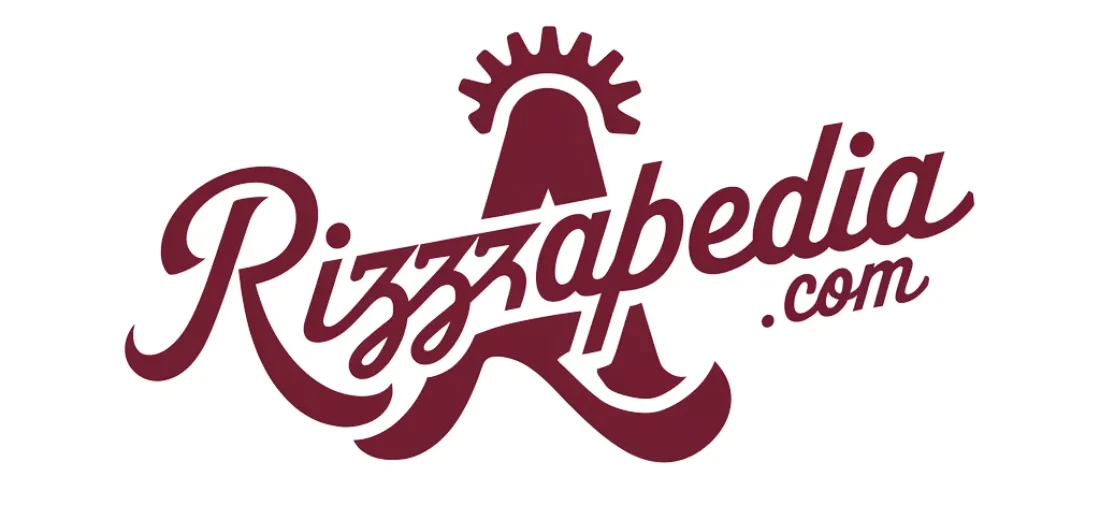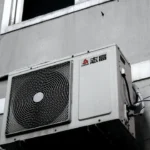Commercial water features transform ordinary spaces into memorable experiences. From hotel lobbies to corporate headquarters, the right fountain can create a lasting impression on visitors and clients alike. Behind every stunning water display lies the unsung hero of water features – the fountain pump. These mechanical marvels work tirelessly to create the visual and auditory experience we enjoy.
A floating fountain offers unique benefits for commercial properties with larger ponds or lakes. Unlike fixed installations, these versatile systems can be positioned anywhere on a water surface and moved as needed. Many business owners find them ideal for larger water bodies where they provide not just visual appeal but also practical aeration benefits that improve water quality and reduce algae growth.
Why Fountain Pumps Matter in Commercial Settings
The pump you choose directly affects the overall impact of your commercial water feature. Select one too small, and your grand vision becomes a disappointing trickle. Go too large, and you’ll waste energy while potentially damaging your equipment. Getting it right means understanding your specific needs.
Most people don’t realize that different commercial settings demand different approaches to water feature design. A restaurant patio might benefit from the gentle splash of a small cascading fountain, while a hotel entrance might require a dramatic vertical spray that captures attention from a distance. The pump selection drives these possibilities.
Reliability becomes especially critical in commercial applications. When a fountain stops working in a public space, it quickly becomes an eyesore rather than an attraction. Quality products might cost more upfront but usually pay for themselves through reduced downtime and maintenance needs. This balance between initial cost and long-term value trips up many buyers.
Types of Pumps for Commercial Water Features
Submersible pumps work best for smaller features and situations where the equipment should remain hidden from view. These workhorses sit directly in the water basin, eliminating the need for external plumbing. They’re typically easier to install but may require more frequent maintenance since they operate underwater.
External pumps offer advantages for larger commercial installations. Their placement outside the water means easier access for maintenance and often longer operational lifespans. They can handle higher flow rates and tend to run cooler, making them suitable for features that operate continuously throughout the day.
Solar-powered options have grown increasingly popular for outdoor commercial settings. While they may not deliver the same power as traditional electric pumps, they offer significant energy savings and flexibility for installation in areas where running electrical lines would be problematic or expensive. The technology continues to improve each year.
Calculating the Right Pump Size
GPH (gallons per hour) represents the most critical specification when selecting a commercial fountain pump. This rating indicates how much water the pump can move in an hour. For most features, you’ll want to circulate the entire water volume at least once per hour, preferably more often for outdoor installations exposed to debris and wildlife.
Head height affects your pump’s performance more than most people realize. This measurement refers to how high the pump can push water vertically, and many buyers forget that this capacity decreases as the height increases. A pump rated for 500 GPH might only deliver 300 GPH when pushing water up six feet.
Pipe diameter plays a surprising role in system efficiency. Too narrow, and you create unnecessary resistance that makes your pump work harder while delivering less water. Too wide, and you may not maintain enough pressure for dramatic effects. Getting this balance right saves energy and extends equipment life.
Installation Considerations for Maximum Impact
Proper placement can make or break your commercial fountain’s effectiveness. The distance between the pump and the fountain heads affects both performance and energy consumption. Keeping runs as short and straight as possible minimizes friction losses that reduce efficiency and output.
Electrical requirements deserve careful attention before installation begins. Commercial pumps often require dedicated circuits with appropriate amperage ratings. Skimping on electrical work invites problems ranging from nuisance tripping to potential safety hazards. Always consult a qualified electrician when installing larger systems.
Noise reduction becomes especially important in commercial settings where ambiance matters. Nothing ruins a peaceful water feature like the constant hum of an overworked pump. Quality equipment, proper installation, and sometimes additional soundproofing measures can ensure your fountain creates only the sounds you want visitors to hear.
Maintenance Strategies for Commercial Environments
Regular cleaning schedules protect your investment and maintain optimal performance. Commercial environments typically expose fountain pumps to higher levels of debris, oils, and contaminants than residential settings. Developing a consistent maintenance routine based on your specific conditions prevents most common problems.
Seasonal considerations vary by climate but should never be overlooked. In colder regions, winterization protects equipment from freeze damage. In warmer areas, adjustments might be needed during peak summer months when higher temperatures and increased evaporation create different operating conditions.
Staff training often gets overlooked in maintenance planning. The people who work with your commercial property daily can serve as your first line of defense against developing problems. Teaching them to recognize warning signs like unusual noises, reduced water flow, or water quality changes helps catch issues before they become expensive repairs.
Energy Efficiency and Cost Management
Modern pump technology offers significant energy savings compared to older models. Variable speed pumps adjust their output based on demand, consuming only the power needed at any given moment. This not only reduces electricity costs but often extends equipment life by reducing wear during low-demand periods. When paired with competitive Muenster electricity rates, these pumps can lead to even greater long-term savings. Homeowners can maximize efficiency and minimize expenses by taking advantage of favorable Muenster electricity rates while using energy-smart equipment.
Operating schedules provide another opportunity for cost control. Many commercial properties run fountains continuously, not realizing substantial savings could be achieved by programming operation around business hours or peak visitor times. Smart controllers make this easy to implement without sacrificing impact.
Water conservation deserves attention even in recirculating systems. Evaporation losses add up over time, especially in outdoor installations exposed to sun and wind. Features designed with water efficiency in mind not only save on refilling costs but also demonstrate environmental responsibility to increasingly conscious customers and clients.
Creating Visual Impact with the Right Pump System
Nozzle selection dramatically affects the visual statement your fountain makes. From dramatic single jets to delicate spray patterns that catch and refract light, the possibilities seem endless. The key lies in matching your pump’s capacity to your selected nozzles to achieve consistent, impressive results.
Lighting integration transforms a daytime water feature into a nighttime showcase. Modern LED systems offer energy-efficient options that complement pump systems while adding minimal load to electrical requirements. The interplay between water movement and light creates magnetic visual effects that draw attention and create atmosphere.
Sound engineering often gets overlooked when planning commercial water features. The acoustic properties of falling water change based on height, volume, and the surfaces it contacts. Thoughtful design considers not just how a fountain looks but how it sounds within its environment – creating either a soothing background or a dramatic auditory focal point.
Conclusion
The right fountain pump serves as the heart of any successful commercial water feature. From selection through installation and ongoing maintenance, each decision affects performance, efficiency, and impact. By understanding these critical elements, you can create water features that enhance commercial environments while managing costs and maintenance requirements effectively. The investment in quality equipment and proper design pays dividends through reliability, reduced operating costs, and the positive impression these features make on clients and visitors.
Also Read: Top Rated Knives That Deliver Every Time










